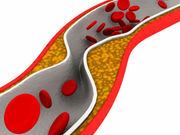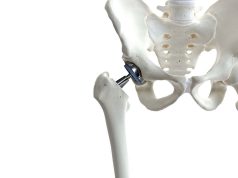Use of arterial grafts should be part of the heart team discussion for determining optimal surgical approach
WEDNESDAY, Dec. 9, 2015 (HealthDay News) — Guidelines have been formulated for arterial conduits for coronary artery bypass graft (CABG) surgery, and published online Dec. 8 in the Annals of Thoracic Surgery.
Gabriel S. Aldea, M.D., from the University of Washington School of Medicine in Seattle, and colleagues reviewed the literature to formulate recommendations relating to use of arterial and venous conduits in CABG procedures.
The researchers note that when bypass of left anterior descending (LAD) artery is indicated, internal thoracic arteries (ITAs) should be used for bypass. A second arterial graft should be considered in appropriate patients as an adjunct to left ITA. In patients who do not have an excessive risk of sternal complications, use of bilateral ITAs should be considered. In order to reduce the risk of sternal infection with bilateral ITA, skeletonized grafts and glycemic control should be considered, smoking cessation is recommended, and enhanced sternal stabilization may be considered. Use of a radial artery graft is reasonable when grafting coronary targets with severe stenoses as an adjunct to left ITA or LAD. Pharmacologic agent use is reasonable to reduce acute intraoperative and perioperative spasm when radial artery grafts are used. In patients with poor conduit options the right gastroepiploic artery may be considered.
“We recommend discussing treatment options with the heart team to determine the most effective graft conduit for each individual patient,” Aldea said in a statement.
Copyright © 2015 HealthDay. All rights reserved.








